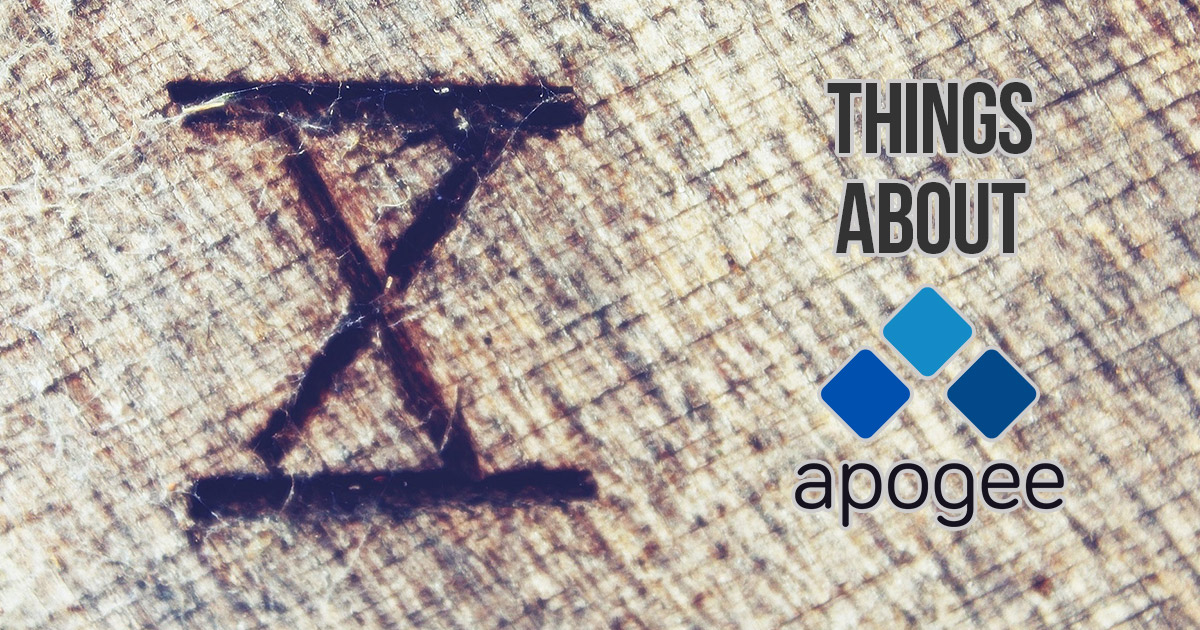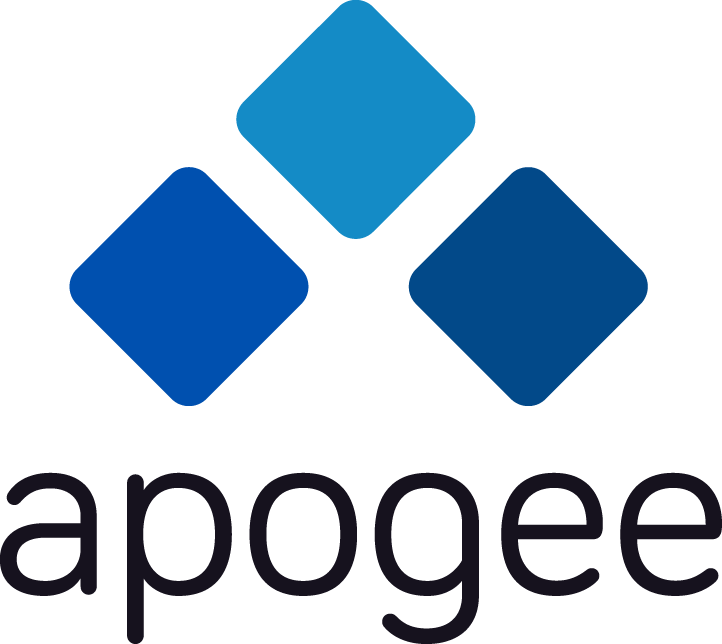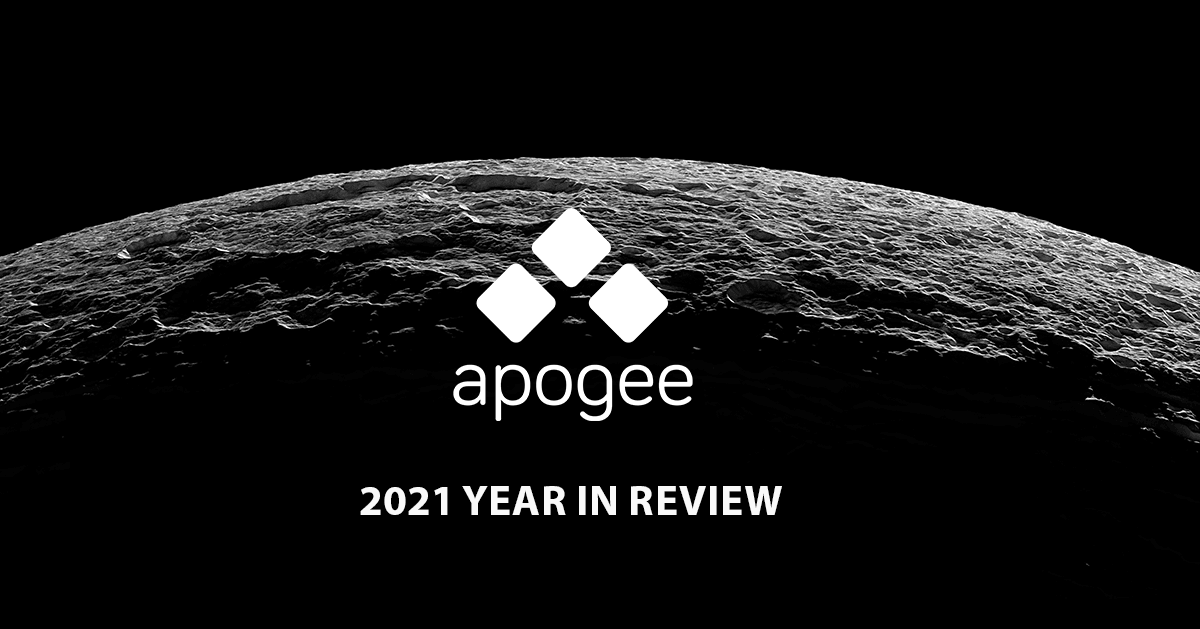
Ten Things about Apogee
January 4, 2018
Apogee Live: Affiliate Summit West 2018 Recap
January 12, 2018One of the services we offer at Apogee is an affiliate management tune-up for programs that need optimization but not long-term management. In October, a merchant hired us for a two-month tune-up and the results are so magnificent that we had to share them with the world.
This is an anonymous case study. In order to share intimate details and real-world results, we will not be naming the merchant, the category or any of the brand representatives. The brand is a $40 million privately held company. They built their sales over the last decade through a reputation for high-quality products and strategic national partnerships.
To avoid constantly calling them the rather bland “The Merchant” or “The Brand” from here on, we’ll give them an alias: A.B.C.
A.B.C. launched an affiliate program exclusively on the ShareASale network in mid-2017 and chose the out-of-the-box solution until they realized they needed some expert advice. Because of the popularity of the products and some initial outreach to influencers, the program was moving forward. Luckily for us, they wanted more and asked for help.
This is an important note to make up front. Hundreds of affiliate programs are launched on major networks each month, most of them relying on the out-of-the-box solution. By not asking for help, they are missing all the best practices and opportunities that exist in this industry.
Planning
Management at A.B.C. supported the idea of an affiliate management tune-up and offered resources to make changes. They understood the potential. We met each Monday on our Zoom video conference line and covered extensive agendas and to-do lists. Each call lasted at least an hour and several times they spilled over to two hours of strategy. The main point of contact was the designated affiliate manager and she was keen to learn more about how to build a long-term plan. She had no previous affiliate industry experience.
Our initial audit analyzed 26 points within the infrastructure of the program. We suggested 17 immediate changes to the infrastructure and we tackled all of them during the tune-up period. We also analyzed the affiliates active with sales and clicks. Unfortunately, this showed the merchant that 59% of their sales in October came from three affiliates blatantly violating the affiliate agreement (Terms of Service) by purchasing branded words in paid search.
Execution
Apogee did not make any changes without prior authorization. Our goal was 100% education. Before we did anything for the first time, we screen-shared the process so the manager could see how it was done and we would explain why we do what we do. We never signed the newsletters as Apogee or added A.B.C. to our website’s list of clients.
The aforementioned violators started sending traffic in September but it was still within the time frame to void all of their transactions. With the assistance of the network, the Apogee team instead edited nearly 800 transactions. We chose to edit them to avoid a devastating reversal rate, which can be seen by affiliates, killing trust in the program. The bad affiliates were reported to the network for their violations and warned of the consequences. This action put thousands of dollars back into the merchant escrow account for future use.
This brings us to mid-October and we just booted the most active affiliates in the program—bad actors, but most active nonetheless. We were facing a deep hole to overcome. Initially, there were 257 affiliates approved and 233 declined. 82 affiliates had sent clicks (we call that “active with clicks” and 19 had generated sales (we call that “active with sales”). By the end of the month, we had 382 approved, 235 declined, 126 active with clicks and 34 active with sales.
We went through the approved/declined list and made status changes to a large number of affiliates. Based on our personal experience with other clients, we approved good ones and declined bad ones. We also pointed out the huge number of relevant content affiliates—bloggers, video producers, podcasters and the like—that needed to be activated.
As part of the suggestions in the audit, the affiliate manager updated the program bio and the autoresponders for the application process. We gave A.B.C. best practices to help activate newly approved affiliates at a faster rate. We also showed them real-world examples of the trigger email function and how those tools can help with activation.
At Apogee, we firmly believe in protecting commissions for content affiliates. We use our own version of advanced attribution rules through ShareASale’s Conversion Lines technology. We set up our rules for A.B.C. and properly tagged coupon, loyalty and other corporate affiliates. Then, we activated a handful of these sites. Going forward, commissions will be split under certain circumstances, with an eye toward protecting the commissions of A.B.C.’s content affiliates.
Results
A.B.C. already had landing pages on several of the coupon sites and sales began flowing like a river. We’ve mentioned elsewhere that Apogee clients pay coupon affiliates 2% and loyalty affiliates 4% commission. This is significantly lower than the default and VIP commissions offered to content affiliates. We argue that without a monetary relationship, affiliate managers have no control over coupon or loyalty landing page content. The customer is already visiting the coupon site to look for a valid deal. The coupon site accomplished its goal by providing that service. They deserve 2%. But not anything more.
October
In the last half of October, the coupon affiliates’ sales immediately filled the hole left by the paid search violators. A.B.C.’s management had reservations about the usefulness of the coupon/loyalty model in affiliate marketing. But I stand by the argument that they add some value. They also help build the foundation for a balanced program.
October orders increased 120% over the month of September. September’s growth over August was only 40%. Clicks increased 12%. Conversion doubled to 9%.
November
By November, the affiliate program was climbing the ranks in the network and most of the initial optimization was in place. Affiliates were joining and getting active just when this really strong gift product was about to sell in fantastic fashion. We were lucky enough to be there to watch the explosion happen.
We ended November with 382 approved affiliates, an increase of 125 since we started the tune-up. Affiliates active with clicks came in at 149 (81% increase) and 51 of those were active with sales (168% increase). Orders and sales both increased over October by more than 280%. Clicks and conversion both doubled in November.
Cost per order dropped from $6 to $2. The Apogee commission strategy saved A.B.C. thousands of dollars.
Interestingly, their products performed better on Black Friday than they did on Cyber Monday. A.B.C. had a strong weekend deal but as a colleague pointed out, it could be that these are the kinds of products that customers buy for themselves on Black Friday. They might typically buy for other people on Cyber Monday.
Perhaps it’s a little unfair sharing 50% of our successful case study with Black Friday/Cyber Monday sales but it’s reality. Our job was to rapidly optimize the program for holiday success. We gave them the tools and the knowledge to make changes.
Looking Forward
In 2018, the Apogee goal is to help more merchants like this one. We want to help educate managers about the benefits and potential of the affiliate channel. If they have a dedicated employee with limited experience, we will gladly set them up with a guided launch or an affiliate management tune-up of an existing program. This industry needs more merchants that care about building affiliate relationships and giving the channel proper resources for growth.




